On my Eco-Friendly journey, I heard a lot of mention and praise for bamboo, some said it’s a miracle plant with many uses but I found it hard to believe.
It’s just a tree like all other, isn’t it? I had tried growing a lucky bamboo one time at home, this was when I was building a terrarium for my lizards. I gave it plenty of water and light but it didn’t grow as fast as the claims said it would. I was disappointed and kinda just dismissed it at the moment, not thinking about it much until now.
Since I am moving to China soon (I’m planning to stay there for some years and come back), I decided I should give this native Chinese plant another chance. I went and looked at any facts about bamboo I could find to debunk the myth and what I found was pretty surprising. Here’s what I got:
What exactly is bamboo, is it a tree or a plant?
Bamboo, phyllostachys edulis, is actually a plant in the grass family, but it grows much taller than its counterparts so it’s not wrong to call it a tree. Bamboo species are found all around the world today. Most people refer to it as miracle grass because it is useful in a number of ways. It’s also classified as one of the fastest growing plants in the grass family. Some bamboo grows up to 35 inches in 24hours or 1.46 inches in an hour period.
Wait, what?
It’s true, check it out! It’s a world record.
Bamboo has been praised for its strength and durability. Some people argue that a mature bamboo is even stronger than bricks, concrete, and even steel. Another good thing about this tree is its versatility, it can be used both as food and as a construction material. In this article, I’m going to talk about the several uses of bamboo in different industries and debunk the question: Is bamboo actually eco-friendly or not?
I have heard many people ask the question: What products can be made from bamboo? In all truth, I am now convinced that this question should be re-framed. People should ask: What can’t be made from bamboo? In my search, I have found out that pretty much anything can be made from it. This plant has numerous uses in almost all sectors. Let’s have a look:
What are the uses of Bamboo in medicine?
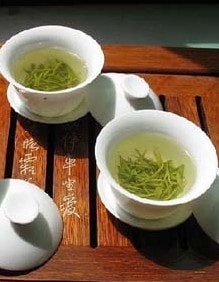
I know you may have never heard about bamboo leaves being used in medicine. The fact is bamboo leaves have been in use as a medicine for several centuries now. The majority of ancient people in China and India knew the health benefits of consuming bamboo tea. First things first, bamboo leaves have antioxidant properties, they are high in fiber and also offer a couple more health benefits.
One factor that scientists often overlook is the high fiber contents and silica in bamboo leaves. The fact that they contain silica, also known as silicon, allows the plant to deal with several health conditions. There is strong evidence that silicon promotes hair, nail and bone development. Many diehard bamboo experts also say that the silica contents in bamboo leaves are actually 10X higher than on horsetail reeds (it’s rival). In addition, the high fiber contents help to deal with several digestive problems such as constipation and diarrhea.
Bamboo has been in use in China for some time now as a traditional medicine. Dr. S. Dharmananda from the Institute of Traditional Medicine supports the claim saying that the use of Bamboo has several health benefits. Some of the health benefits of consuming bamboo leaves include:
Healthy Skin
Making Bamboo tea is one of the greatest ways of ensuring your skin has everything needed to aid the development of new skin cells. Its leaves contain antibacterial properties that are very useful in preventing infections. It also reduces the skin irritation. You can either make and drink bamboo tea or just make a paste from its leaves and apply it to your skin.
Hair and Nail Growth
I had already mentioned that consuming bamboo leaves can promote the growth of your nails and hair. The reason for this is because bamboo contains silicon which is a very important ingredient in this case. For significant results, it is recommended that you make and drink bamboo tea at least three times a week.
Prevents Alzheimer
Alzheimer has become one of the most common mental problems, especially among older people. It is a mental problem that can affect your memory and brain coordination. There are several studies that support this claim. Some of them give tribute to the silica contents available in bamboo leaves. Some others claim that consuming bamboo tea can prevent the absorption of aluminum and eliminate it from the body.
Reduce High Blood Pressure
Bamboo also has some properties that can help reduce High Blood Pressure. Its leaves contain high fiber content that aid in reducing high blood pressure. Fiber has the ability to reduce cholesterol reserves in the human body.
Helps in relieving digestive problems
This is another very obvious health benefit of bamboo leaves. If you consume bamboo tea, then you directly impact on your digestive system. The high fiber contents help in reducing some digestive problems such as constipation and diarrhea. It can also help reduce the symptoms of bloating and stomachache.
How can Bamboo be used in the construction industry?
In ancient times, people in China were using Bamboo tree and leaves as construction materials for their ‘’huts’’. When we think of a house built using bamboo, we usually think of small huts built in villages but recently, people have started using bamboo for other construction purposes. As previously stated, bamboo trees are one of the hardest trees on planet earth. What this means is that it can be used for almost all construction purposes.
The concept of using Bamboo for small huts as homes is changing over time. The main reason for this is the global demand for Eco-friendly building materials. Its natural design and strength make bamboo one of the best construction material.
When talking of bamboo as a construction material, a number of things like the availability, functionality, strength and the smooth design are taken into consideration. When compared to timber for construction, bamboo will be the material of choice. Let’s look at some of the advantages:
6 Advantages of bamboo for the construction industry
1. It’s lightweight. That makes it not so demanding on the trucks during transportation. That’s because it has a hollow part in the middle and the fiber runs longitudinally. For this reason, buildings end up with a smaller material mass.
2. It’s very flexible, bamboo can be shaped to any design. As it grows, it can be forced to grow in a specific direction and shape. It can also be used for connecting items because it grows in a box.
3. Bamboo has a stronger fiber which makes it superior to hardwood. It makes it a good material for flooring, concrete reinforcement, and a good roofing material. That is the reason why the majority of people are turning into bamboo as an alternative to hardwood.
4. It has very high shock absorption ability. This makes it very ideal material for construction in areas where there are higher chances of an earthquake. Don’t forget that bamboo buildings have high tensile strength, they can stand hurricanes with a wind speed of up to 170mph.
5. It’s convenient. Some other building materials require the use of cranes which is not the case with bamboo. If you take good care of the building, it can last for several decades.
6. Lastly, Bamboo is very cheap. You don’t have to deal with expensive construction materials while you can just get a good building using cheap materials such as bamboo.
What other industries can make use of bamboo?
Pulp and Paper Industry
Bamboo is also used in the pulp and paper industry to make newsprint, cardboard, toilet tissue, coffee filters, cement sacks, and bond papers. Just bear in mind that not all the species are suitable for the above uses.
Textile Industry
Bamboo Fiber can also be used to make socks, underwear, clothing, towels, sheets, pillows, mattresses, baby diapers and blankets.
Bio-energy Industry
Bamboo plants can also be used in the bio-energy industry to make bamboo charcoal, firewood, pellets, biomass, gasification, pyrolysis, and biofuel.
Food and Beverages
Recently, people have begun to understand the benefits of some of the bamboo properties and that’s why they have started using it in food and beverages. Popular choices are bamboo wines, bamboo tea, bamboo beer, charcoal coated peanuts (what?? Check it out, it’s actually a thing) and bamboo vinegar.
Bamboo shoots are commonly eaten served in vegetable dishes within the Asian culture. They boast low calories alongside a vast array of vitamins and minerals beneficial to health.
Now we can see with these amazing facts about bamboo that it is a super plant with a high diversity of uses. The main question remains:
Is Bamboo Eco-Friendly?
Our main concern is whether bamboo is sustainable. With all the above information on your mind, it’s easy to deduce that bamboo is Eco-friendly.
It is renewable and its forests can also be grown within a very short period of time. The fact that they are among the fastest growing plants in the world makes it very good to revive bare areas. Research pointed out that bamboo forests absorb carbon dioxide in the air by up to 12 tonnes per hectare per year. They contribute to the much-needed oxygen that is available in the atmosphere, compared to regular trees, they produce 35% more oxygen.
There’s also an easily overlooked fact to think about, bamboo trees are very smooth and hence there’s no painting required. This saves us the agony of dealing with health hazards caused by paints. There are several studies which have been carried out to determine the friendliness of bamboo on the environment and most of them claim that among all the known construction materials, bamboo is the least hazardous.
Don’t forget that bamboo has very strong roots that helps control soil erosion simply because it creates a water barrier. They can be used in high-risk erosion areas to preserve the soil. Bamboo roots also consume much of the nitrogen available in the soil. This significantly reduces water pollution by acting as a filter. What this means is that it is a wise decision to grow bamboo trees near residential places because they are likely to turn waste into their food and leave the environment clean.
The bottom line
In this article you have seen the many uses of bamboo trees, it’s not all though, there are several other ways that bamboo trees can help you and I’m sure as the years go by we will discover even more.
Added bonus! let’s look at some bamboo architecture. They don’t only help people construct small huts at the beach and restaurants but there are also some big buildings that are made using it.
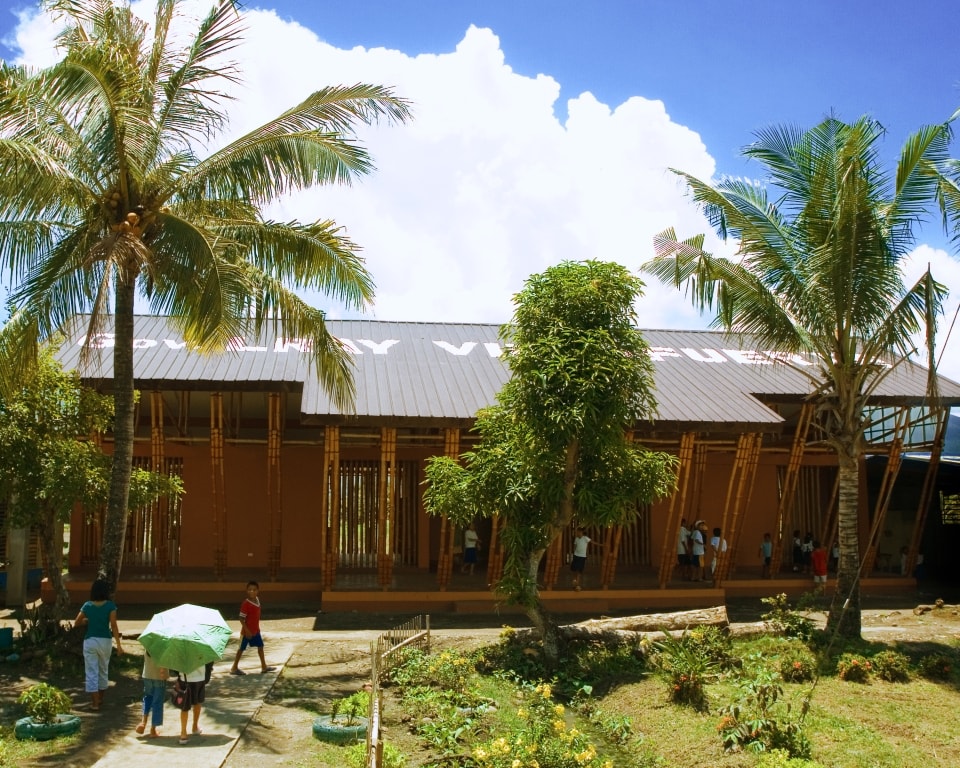
A good example is the Nato High School in the Philippines. This school was made using bamboo to reduce the impacts of the strong winds from the ocean.
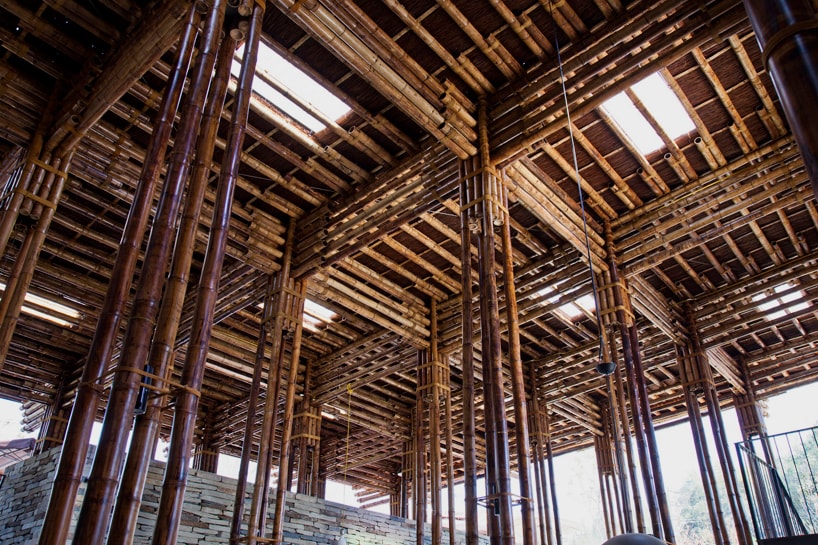
Other examples are the Tang Palace in Hangzhou. This is a restaurant made of bamboo.
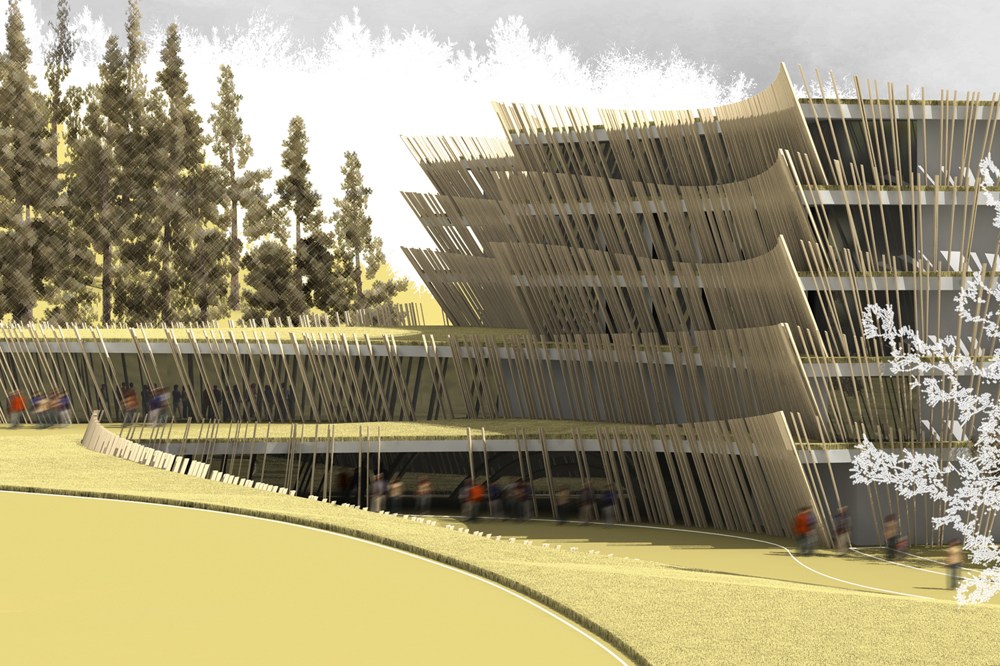
And Check out this plan for the Mivka Hotel in Slovenia, it makes bamboo architecture a whole new design idea
What do you think about bamboo?
Personally, I’m starting to fall in love with it.
Hey, do you know any other uses for bamboos?
Share with the community below!
If you enjoyed this article, you might enjoy these too:

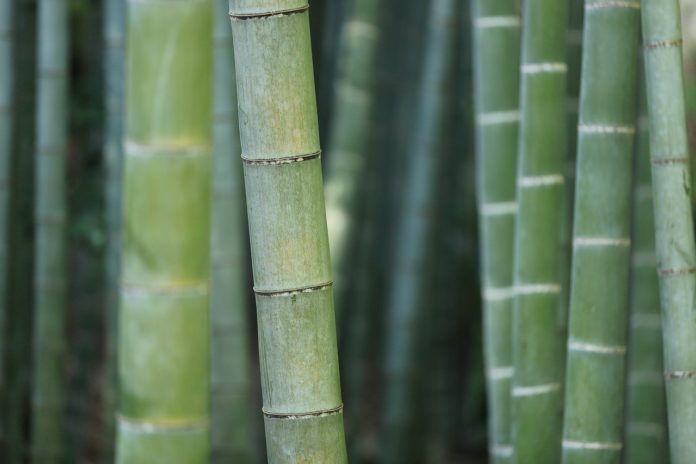
I like that you also talked about the sustainability of bamboos. I’d like to find a good bamboo tree nursery soon because I’m thinking about finding a good way to make my garden feel unique. Taking care of bamboo might be a good option.
Hi Alice, thank you for sharing your nursery! I find many of my readers on this article live in Asia, perhaps you can help them set up their own nurseries over there if they contact you? Cheers.